Xiao Bian has compiled some of the most basic knowledge of textiles for everyone today. Together with Xiao Bian, we have entered the textile world. ~~
1, Â cotton
The ingredient label is labeled Cotton Â
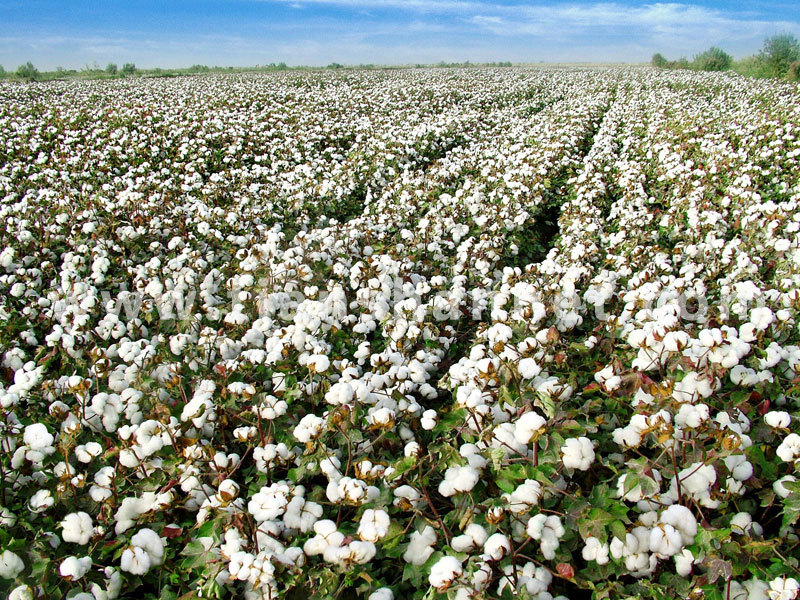
2, Â flax
The ingredient label is labeled Linen or Flax
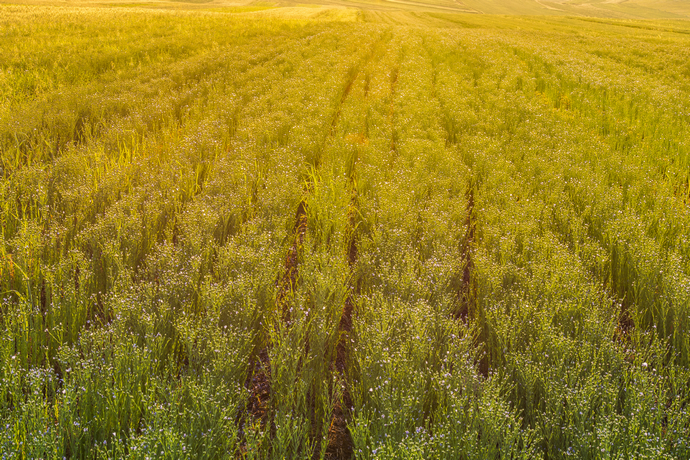
3, Â Castor
The ingredient label is labeled Ramie Â

4, Â Silk
Ingredients label labeled Silk

5, Â wool
The ingredient label is labeled Wool Wool or Cashmere Cashmere Â
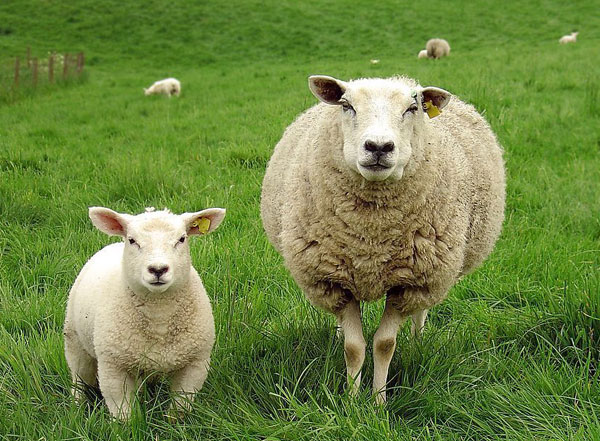
6, Â Polyester
Polyester fiber, (formerly known as "Dandong" stuff) is labeled Polyester or T
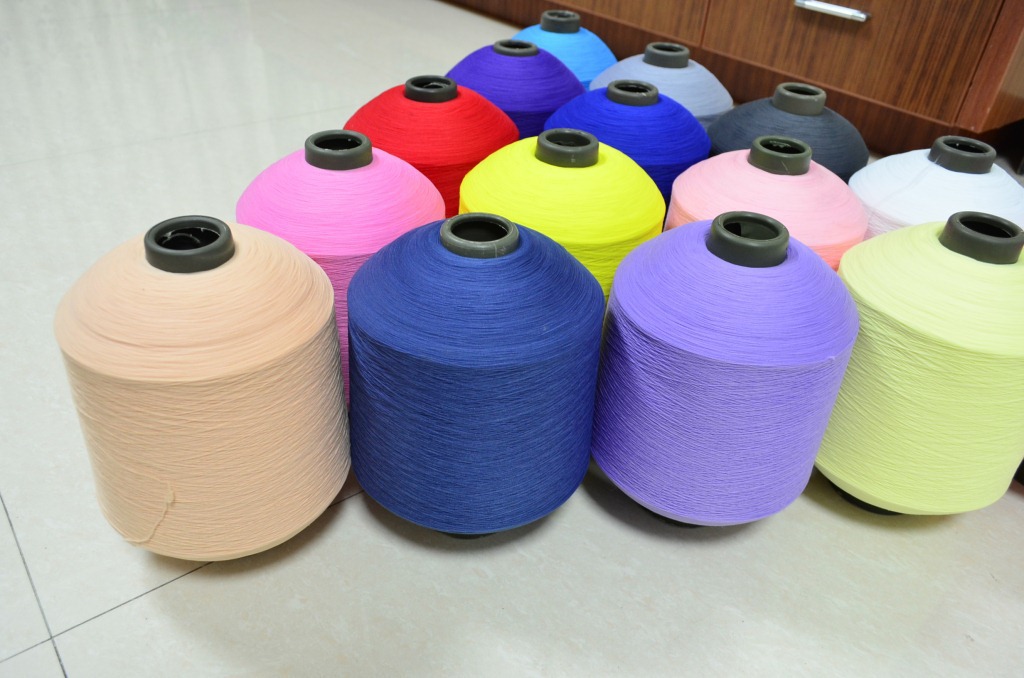
7, Â Nylon
Polyamide fiber, also known as Nylon, with the ingredient label labeled Nylon or PA
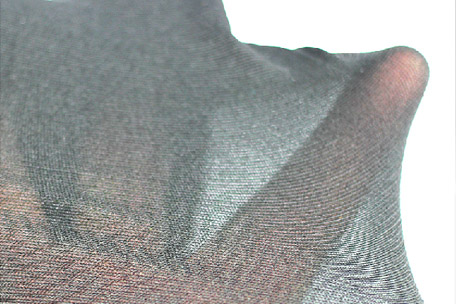
8, Â Acrylic
Polyacrylonitrile fibers, ingredient labeling Acrylic
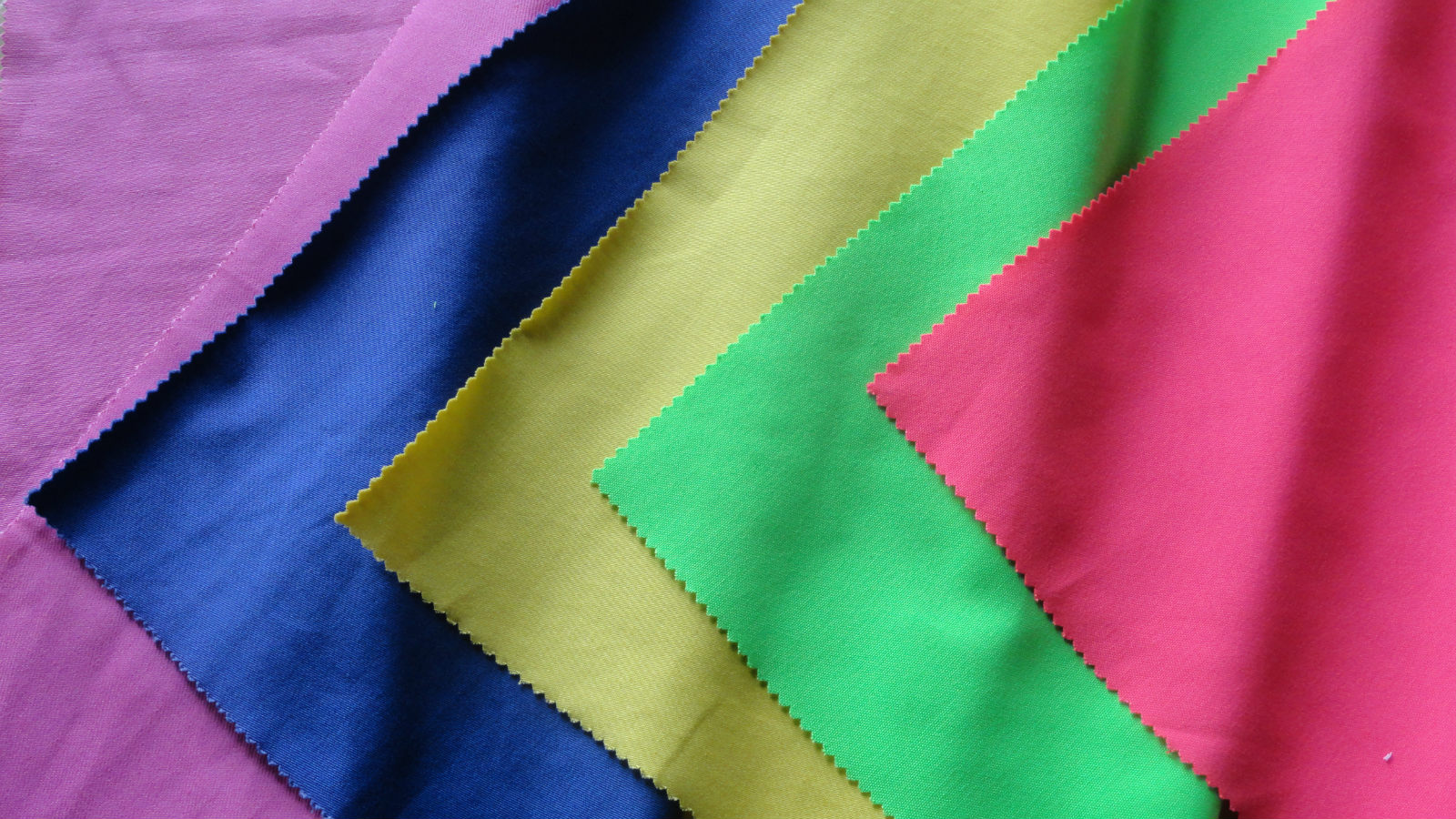
9 , Kleenex
Polyvinyl chloride fiber, component label labeled PVC Â

10 , spandex / Lycra / stretch yarn
Polyurethane fiber, the ingredient label is labeled Spaddex or Lycra (Lycra, registered trademark name of DuPont, USA), or Elastane.
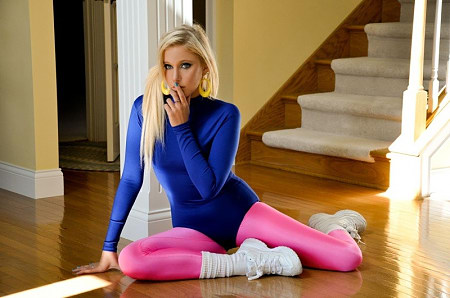
1 1 rayon / rayon / viscose
The plant fiber is dissolved in caustic soda, and the sulfuric acid solution is continuously squeezed through the spinning hole to form a textile thread.
The ingredient label is labeled Viscose / Rayon , and the rayon and rayon are in the form of filaments and spun yarns, respectively.

Acetate
One category of viscose was treated with acetic acid and the coloring performance was reduced.
The ingredient label is labeled Acetate
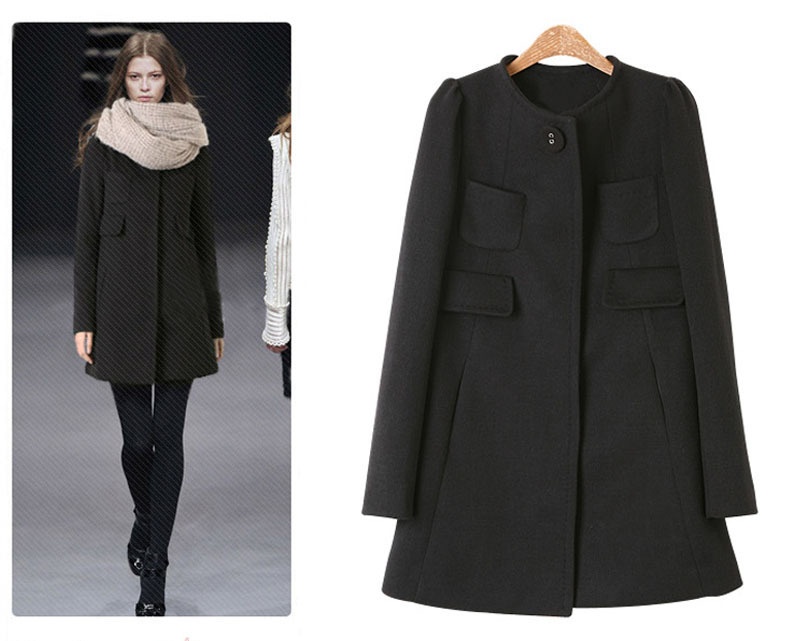
Modal
Lenzing's adhesive product brand name. The production raw material is wood pulp, belonging to the modified rayon, and the ingredient label is labeled Modal.

Lyocell / Tencel
TENCEL is the domestic name. Its scientific name is lyocell fiber and belongs to regenerated cellulose fiber.
Tencel fiber was originally a trade name of LYOCELL fiber produced by Acocdis of the United Kingdom. LYOCELL fibers are made from natural vegetable fibers (wood pulp) and were introduced in the mid-1990s. They are regarded as the most valuable products in the history of artificial fibers in the past half century.
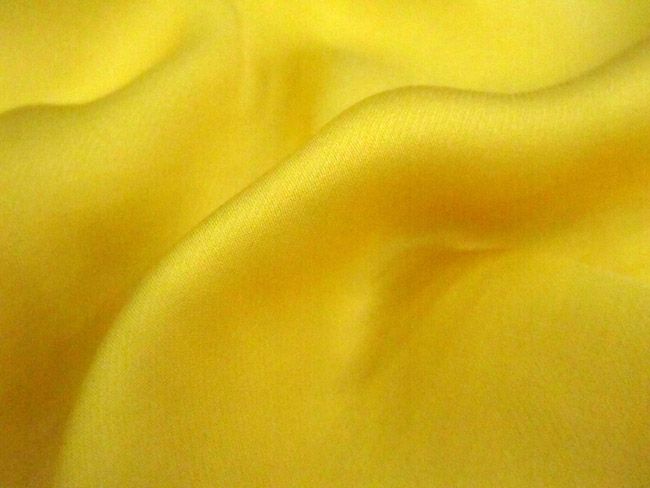
Bamboo Fiber Bamboos
Bamboo is used as a raw material to prepare pulp and new fibers are produced according to the viscose preparation process.
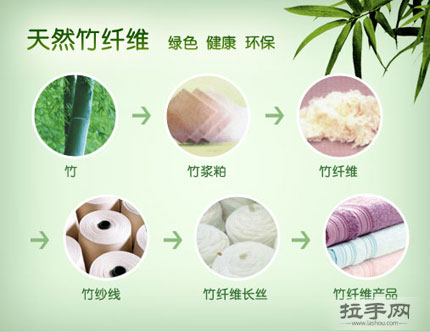
12 , soybean fiber soybeanbeans
The soy bean meal which has been oil-dried is used as a raw material to extract protein components from the soybean meal to form a protein spinning solution. Then, like viscose production, the coagulation solution is extruded through the spinning holes to form soybean protein fibers. Â
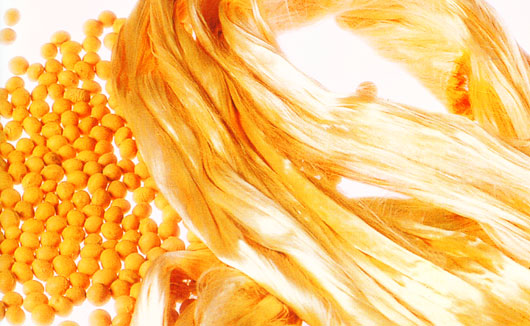
Did Xiao Bian organize so many people that it was very enjoyable? In fact, Xiao Bian is already too tired~ But I think everyone can understand these basic textile knowledge easily and I'm still very happy~~
For more content, please follow this site
Seamless Zipper,Waterproof Zipper,Water Resistant Zipper,Nylon Waterproof Zipper
GUANGZHOU BAMALOSA PLASTIC PRODUCTS LTD. , https://www.bamalosa.com
![<?echo $_SERVER['SERVER_NAME'];?>](/template/twentyseventeen/skin/images/header.jpg)